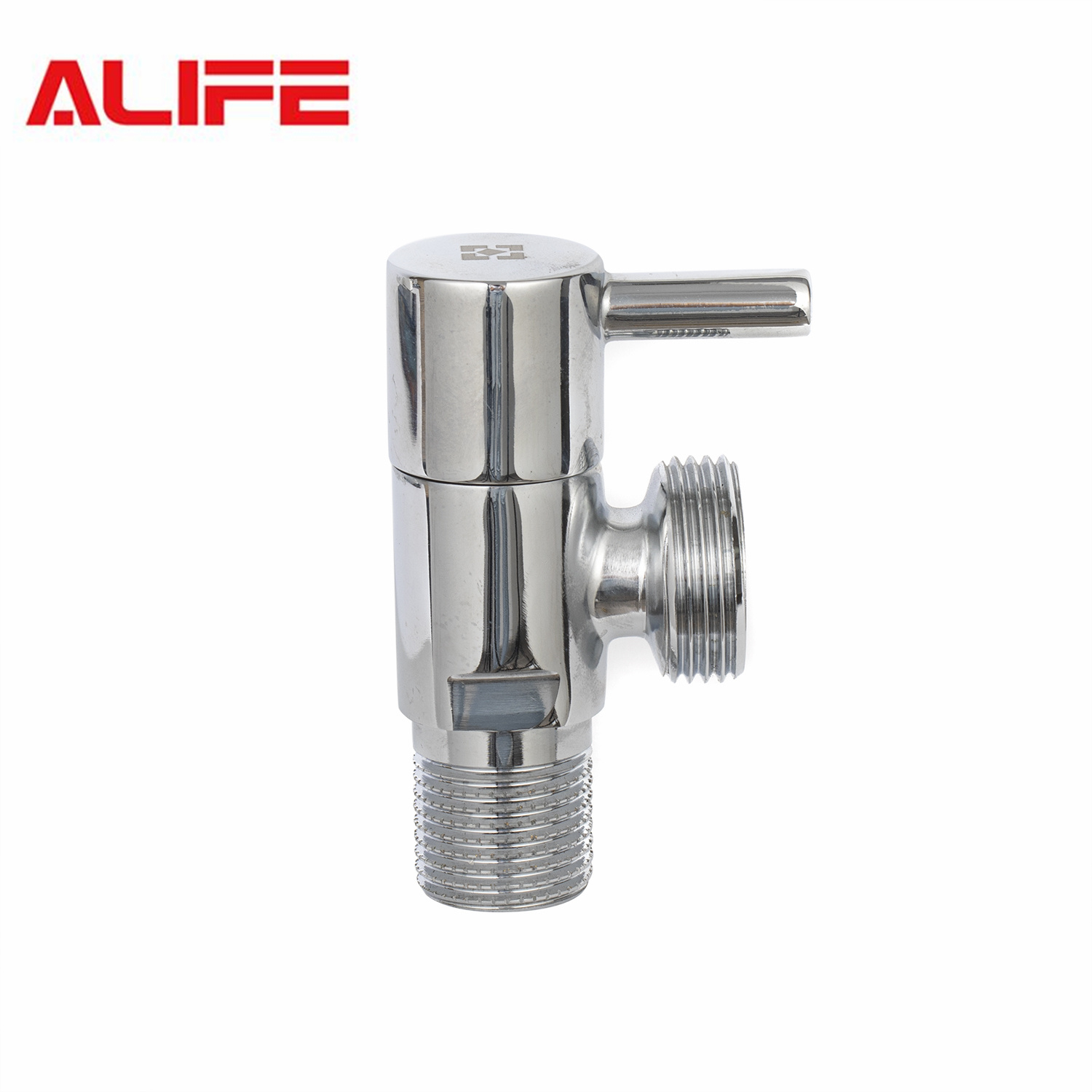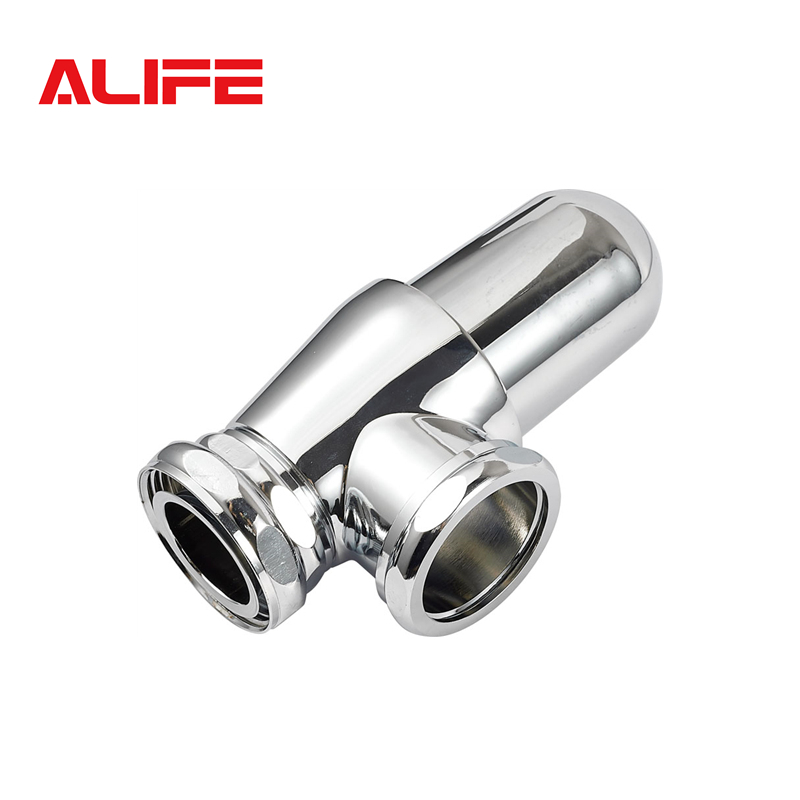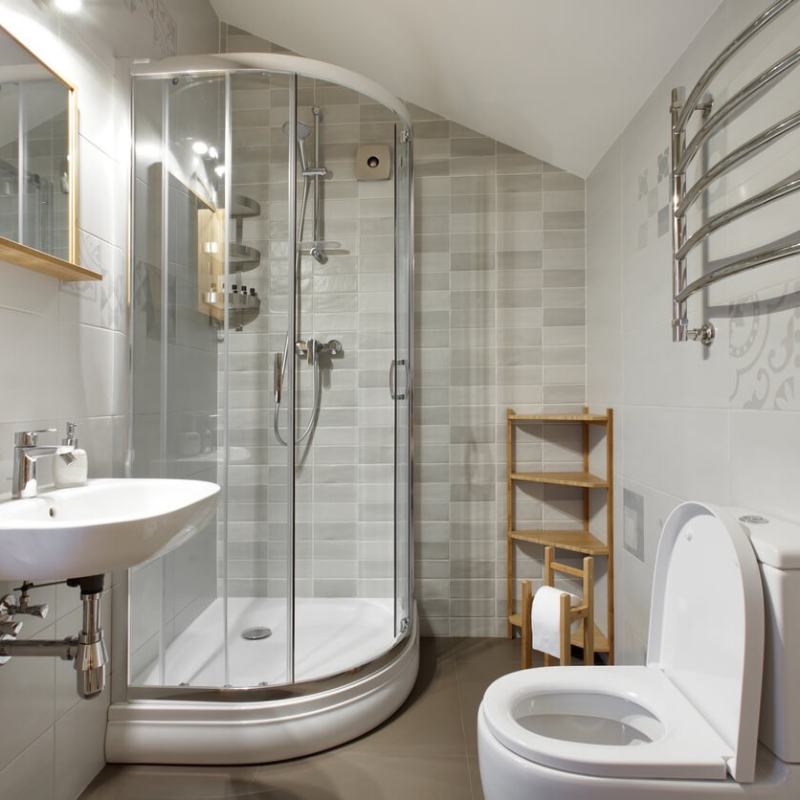What is the difference between an angle valve and a straight valve
October 25, 2024
You can regulate the flow of water with an angle valve. But they approach it quite differently. The water flows more quickly via an angled valve. This is an excellent substitute when pipes need to be bent. Water flows directly ahead via a straight valve. When turning is not absolutely necessary, use it. Each contributes something unique to the mix.
Angle Valve Differ from a Straight Valve in Design
They are not interchangeable due to more than just their appearance. Half of a valve bent at a right angle is used to create an angle stop. As such, the water's momentum alters. This is helpful for lines that need to change course. A typical valve is different. There are no barriers to the way the water flows over it. Angled valves are the answer for corners or confined spaces. Straight valves are preferable if the direction of change is not necessary.

What Situations Call for the Use of an Angle Valve?
Angle stop valves are necessary for changing the direction of the water flow. They may be found in toilets, sinks, and even dishes. One may spin a pipe using an angular stop valve. It facilitates movement without requiring extra parts. It's also easy to turn off the water while repairs are being made. Disconnecting the main water line is unnecessary. Repair the leak.
Structural Differences Between Angle and Straight Valves
The shape of the curve is what makes them unique. The arc of an angled stop is linear. As the name implies, straight valves are just that—straight. When pipes must bend or come into contact with a wall, angle stoppers perform better. The angled shape facilitates the joining of pipes that do not line up. It also conserves more space. Straight valves are handy when twists are not needed. Straight lines are their finest fit.
Angle Valve Should I Use for the Best Water Flow
Water flow may be increased with the use of an angle stop valve. It looks great in kitchens and baths. This hole aids in controlling the flow of water. With it, shutting off the water is easy. This is a great way to repair anything . Alife Bathroom Brass Angle Valve Faucet with wall Flange for Bathroom toilet and basin, for cold hot water is a great pick . It works well with varying water temperatures. It keeps the flow of water constant and uniform. A sturdy metal is used to construct the angle stopper. Brass is very durable and resistant to corrosion. It seems logical to place the little valve on the wall. It is practical and has a lengthy lifespan.
Where Can I Buy Advanced Type Angle-Valve at a Fair Price?
Ningbo Alife Sanitary Co.,LTD. offers fair-priced angular stop valves. They may provide a quarter kitchen water valve and sturdy sink stop valves. Our prices are fair. They offer a vast selection of doors. Feel free to choose anyone you need . There are also many deals. You will get good products at a lower cost.
Flow Path Differ Between Angle and Straight Valves
Water flow is directly guided by an angle stop valve. It assists the water in returning to its proper place. Water flow is directed in a straight path via a straight valve. This kind of valve is ideal for directional pipe modifications. Use straight valves to have a direct water flow.
Installation Differences: Angle-Valves & Straight Valves
Angle stop valves installed on the wall are straightforward to install. They like using ups and downs as a tool. It is good to run straight pipes next to consecutive valves. Quarter-turn kitchen water faucets make it simple to switch off the water in the kitchen. Angled valves are helpful when space is at a premium. They make it possible to alter the pipe's orientation without the need for extra parts. Straight valves are more effective for lengthy pipelines that don't need to be turned.

Which Valve Type Offers Better Control for Plumbing?
A quarter-turned valve is the most effective control. It takes a little turn to open or shut them. They are easy to use. Angle stop valves may also be employed quickly. They sparkle in confined spaces. A quarter turn valve just requires one turn to start or stop the water. What a complete no-brainer. Excellent control is also achievable with angle stop valves. In small spaces, a right angle (90 degrees) works very well.
Why Are Angle Stops Preferred for Wall-Mounted Fixtures?
Angle blocks work well in wall-mounted configurations. They take up minimal room and look great on walls. They're easy to insert. The stop's pointed shape is ideal for allowing water to flow without the need for extra pipes. Sinks and toilets are no exception. The little valve is simple to mount on the wall. Everything is in its proper place. It enhances water flow as well. It's simple to attach the valve. You may turn it off if you need to make a fast correction. The angled design makes more sense for wall pipes and typically takes up less room.
Final remarks,
There are specific differences between a straight valve and an angle stop. The angle of the valve is curved. As a result, the color of the water changes. No bending can be seen in the straight valve. A straight line might be formed by the water across it. An angled valve is one tool for spinning pipes. The straight valve works well for straight lines. Despite their disagreements, they both achieve their goals.
